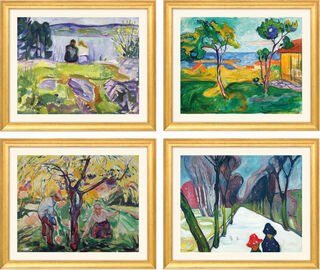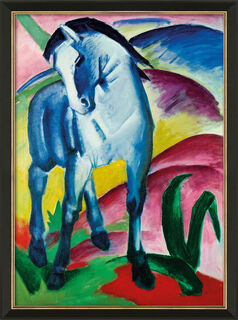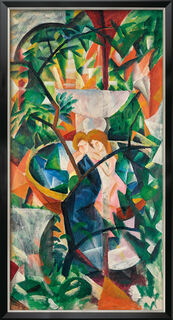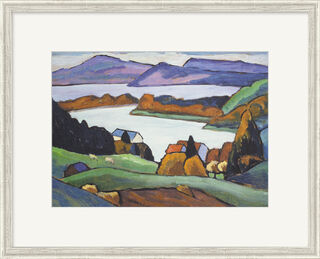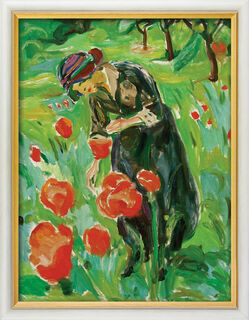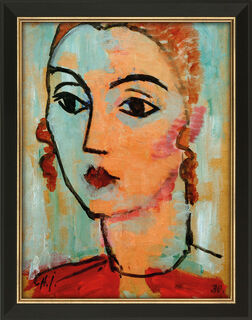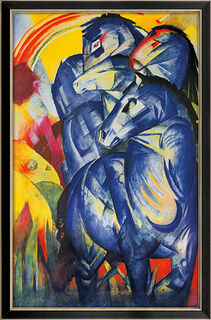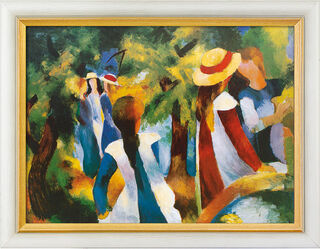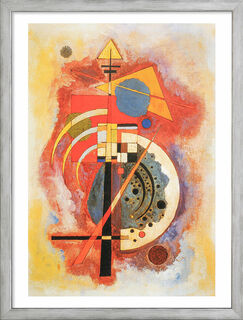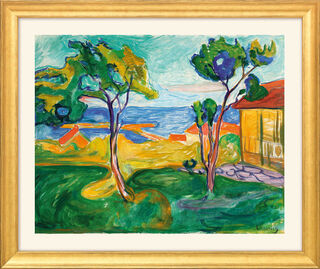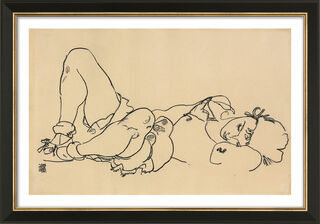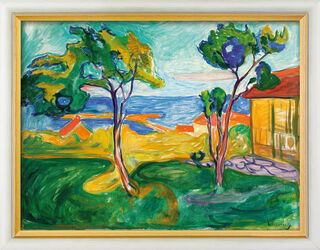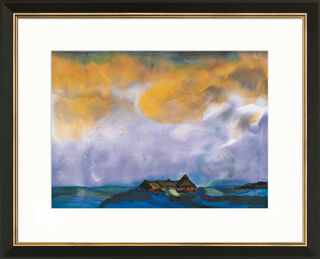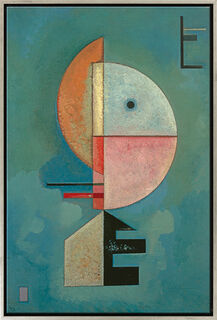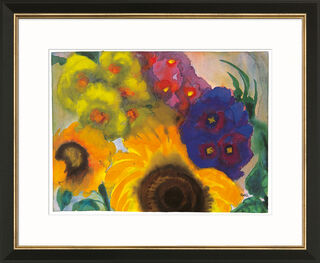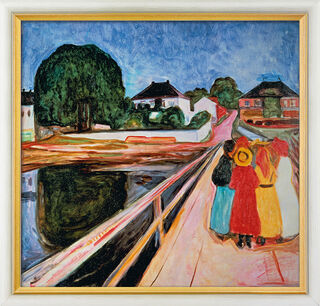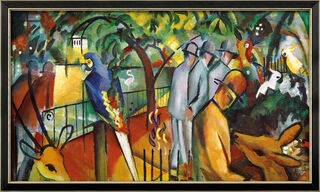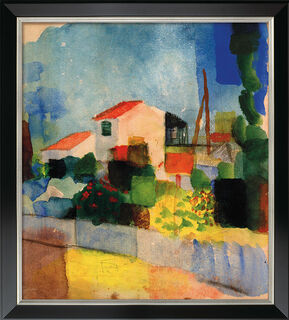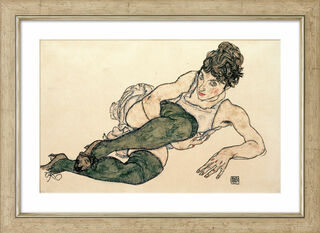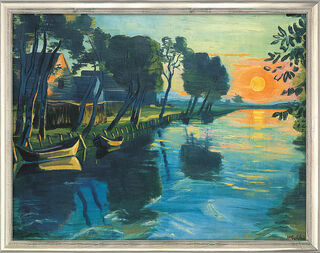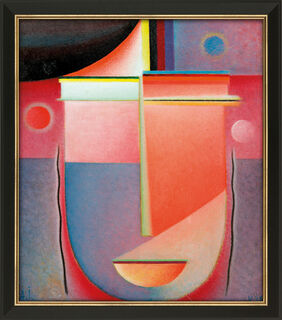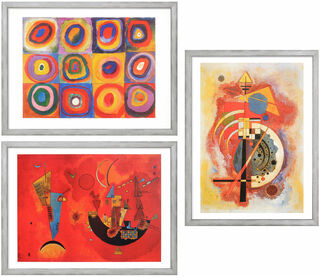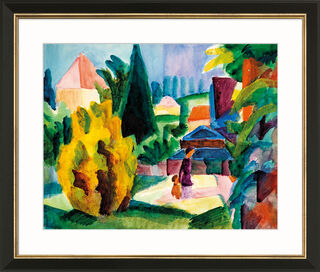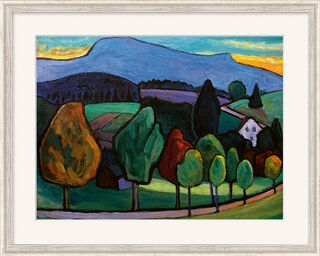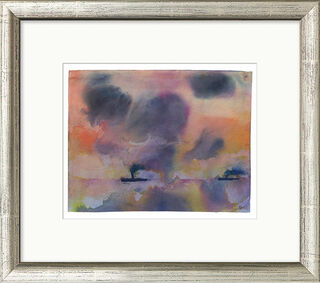Expressionism
At the beginning of the 20th century, Expressionism ushered in ground-breaking changes in art and became one of the most important movements of Classical Modernism. It developed as a reaction to the prevailing conditions in art and society and found many adherents in painting and sculpture as well as other art forms such as literature, music, theatre, and film. The representatives of Expressionism defined themselves by distinguishing themselves from the popular styles of Impressionism, Realism and Naturalism. Moreover, they reflected the fundamental changes in society and politics in their works. Under the impression of advancing industrialisation, rationalisation, and anonymity, as well as two world wars, the desire for art strongly influenced by the artists' emotions and unvarnished expression grew.
Emotional Expression and Strong Colour - The Characteristics of Expressionist Art
Even though the overarching concept and the courage to innovate united the progressive artists of that epoch, it is difficult to find a uniform and universally valid definition of Expressionism in terms of artistic expression. However, some parallels and commonalities can be identified: The departure from the realistic and detailed representation of subjects and the turn toward an interpretative and subjective viewpoint were particularly characteristic. To achieve this, the surfaces became larger, and the forms of the subject were reduced to the essentials. In addition, expressionist pictures were dominated by strong colours and complementary contrasts. Many artists simultaneously worked on theoretical writings to explain and intellectually substantiate their concepts. Among the most important are "Concerning the Spiritual in Art" (1911) and "Point and Line to Plane" (1926), two publications by the Russian painter Wassily Kandinsky which had an impact on the Bauhaus and far beyond.
Expressionist Pioneers in Dresden and Art Revolution in the Alpine Foothills - "Die Brücke" and "Der Blaue Reiter"
Expressionism, as it is perceived today, is a predominantly German phenomenon and spread to many regions of the country. However, without a doubt, it was "Die Brücke" and "Der Blaue Reiter" that were the largest, most influential, and best-known artists groups of this style. The organized form of the expressionist movement first emerged in Dresden. In 1905, architecture students Ernst Ludwig Kirchner, Erich Heckel, Karl Schmidt-Rottluff, and Fritz Bleyl founded the painters' association "Die Brücke", to which many other artists would join in the following years, such as Max Pechstein or Emil Nolde. From 1911 onwards, another community developed in Munich and the surrounding area among artists such as Wassily Kandinsky, Franz Marc, Gabriele Münter, August Macke and Alexej von Jawlensky, who organised exhibitions together and became known as the "Blaue Reiter". Both artist groups differed in their worldview, style, and perception of the artistic mission, but the progressive painting style of Expressionism would influence all subsequent generations of artists.
Works of Expressionism at ars mundi
Many artworks of Expressionism are now symbolic of Modern Art. Our range includes numerous famous motifs from this epoch in authentic and brilliant reproductions, such as Wassily Kandinsky's "Yellow-Red-Blue", Franz Marc's "Blue Horse", Max Pechstein's "Sunset at Leba's Port" or Alexej von Jawlensky's "Abstract Head", and sculptures such as Emil Nolde's "Java Dancer" or Ernst Barlach's "Shepherd in a Storm".

